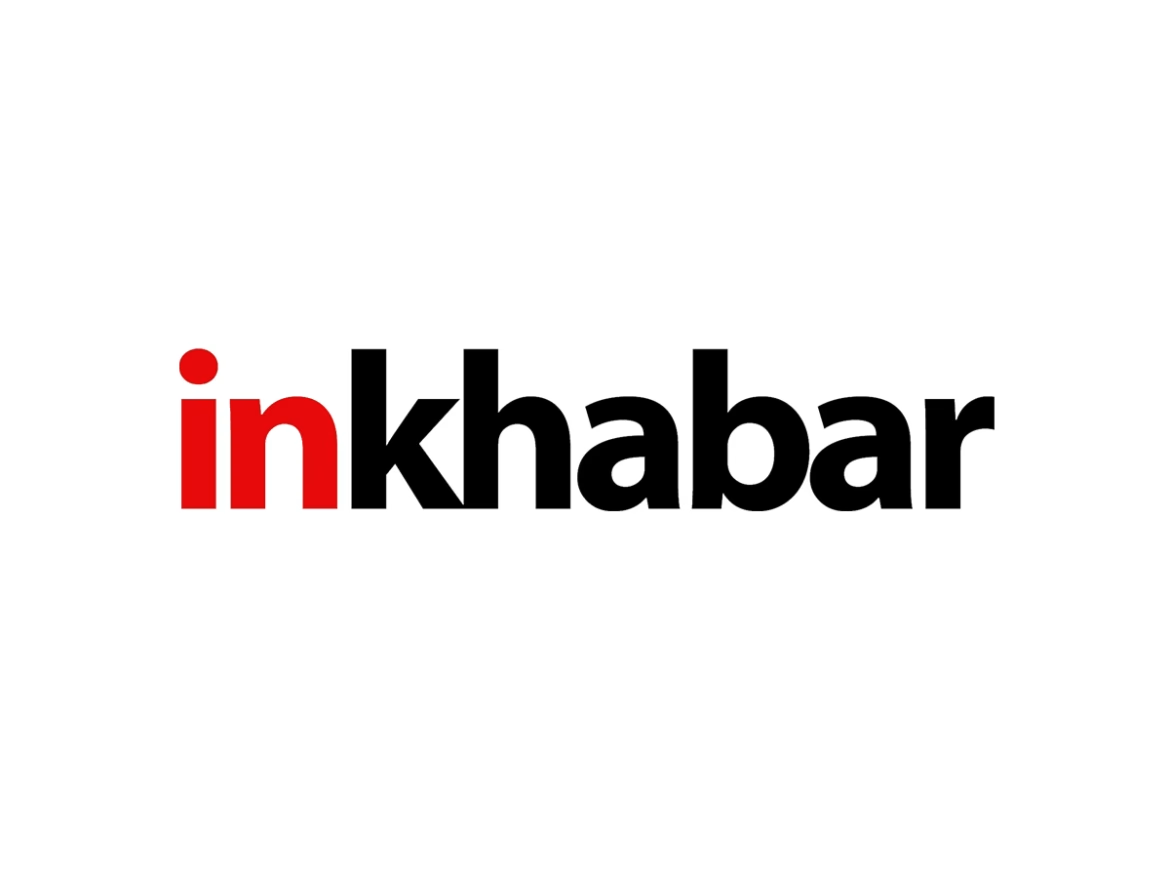By Marc Jones LONDON (Reuters) -Breathless markets had little time for a break on Friday as record-setting stocks dipped, gold shone bright still and the dollar headed for its best week of the year despite more drama for the Japanese yen and in Europe. With the ink still drying on a historic ceasefire between Israel and Hamas, the political developments were still coming thick and fast – and continuing to move markets. Wall Street was set to tick higher despite the ongoing government shutdown there, but Japan's yen has been jolted out of its recent slide by the Komeito party quitting its coalition with the Liberal Democratic Party. [/FRX] That raises questions over the route to the premiership for new LDP leader Sanae Takaichi, whose pledges of fiscal stimulus and calls for the Bank of Japan to hold off on interest rate hikes had sapped the yen and lifted the Nikkei 6% until a 1% drop on Friday. [.T] "If Takaichi doesn't become prime minister, or at least can't govern effectively, you don't really have much of a 'Takaichi trade'," said Chris Scicluna, head of research at Daiwa Capital Markets Europe. Major European bourses also saw a low-key end to the week [.EU] as traders waited to see whether France's President Emmanuel Macron can find a way out of his country's political crisis. He is expected to name his sixth prime minister in less than two years later, with that person facing the vexing mission of steering a belt-tightening budget through a deeply fragmented parliament. The pan-European STOXX 600 was steady at 571 points, heading for a third straight weekly gain. The CAC 40 in Paris though is down on the week and the euro is set for its worst seven days since July. [/FRX] The yield gap between 10-year French government bonds and uber-safe German Bunds — a market gauge of the risk premium investors demand to hold French debt — was also back at 80 bps having surged to 88 bps earlier in the week. "At the moment the market is happy," Daiwa's Scicluna said, referring to the prospect of the French crisis easing. "Next year could well be another very different situation though," he added, referring to the possibility of it all falling apart again. "Spreads could break out to the highest levels since Mario Draghi's 'Whatever it takes' speech," he said, speaking about the former ECB President's 2012 pledge that eased the debt crisis. RARE EARTH CURBS U.S. stocks were set to open fractionally higher with consumer sentiment data due shortly and the all-important third-quarter corporate earnings season due to kick off next week. The U.S. dollar index, which measures the greenback's strength against a basket of six currencies, was nudging lower due to the yen's bounce on the day, but it remained firmly on course for a 1.6% weekly rise, its best since November. Latin America's markets were set to remain squarely in focus too after the U.S. confirmed it would provide budget chainsaw-wielding Javier Milei's Argentine government a $20 billion swap line to try to quash renewed currency market problems there. "It's unclear what the U.S. will demand in exchange," William Jackson, Chief Emerging Markets Economist at Capital Economics said. Chinese stocks had tumbled 1.4% overnight meanwhile, after Beijing expanded its rare earths export controls on Thursday, tightening control over the sector ahead of talks between Presidents Donald Trump and Xi Jinping. Beijing also ramped up enforcement of its chip import restrictions, aiming to reduce domestic technology companies' dependence on U.S. products such as Nvidia's artificial intelligence processors, the Financial Times reported on Friday. Reuters could not immediately verify the report. With the U.S. government still in shutdown mode, the yield on the benchmark 10-year Treasury bond fell to 4.09% compared with its U.S. close of 4.14%. Traders expect the Federal Reserve will cut U.S. interest rates again on October 29, with Fed funds futures pricing a 94.6% probability of a 25-basis-point rate cut, according to the CME Group's FedWatch tool. ALL THAT GLITTERS Gold edged back up to $4,000-an-ounce in Europe, having seen a brief bout of selling after topping the threshold for the first time ever this week. Silver, which has risen even more than gold this year, was also back above the $50 mark that it breached for the first time on Thursday. [GOL/] Multiple factors aided the rally, including geopolitical risks, robust central bank buying, exchange-traded fund inflows, expectations of U.S. rate cuts, and trade-related uncertainties. In energy markets, Brent crude slid 0.7% to $64.72 per barrel, after Israel's government ratified a ceasefire with the Palestinian militant group Hamas on Friday, clearing the way to suspend hostilities in Gaza within 24 hours and free Israeli hostages held there in days. (Additional reporting by Gregor Stuart Hunter in Singapore; Editing by Susan Fenton)
(The article has been published through a syndicated feed. Except for the headline, the content has been published verbatim. Liability lies with original publisher.)





